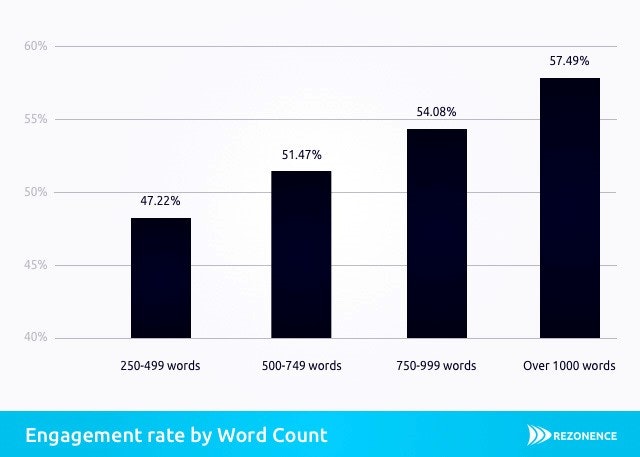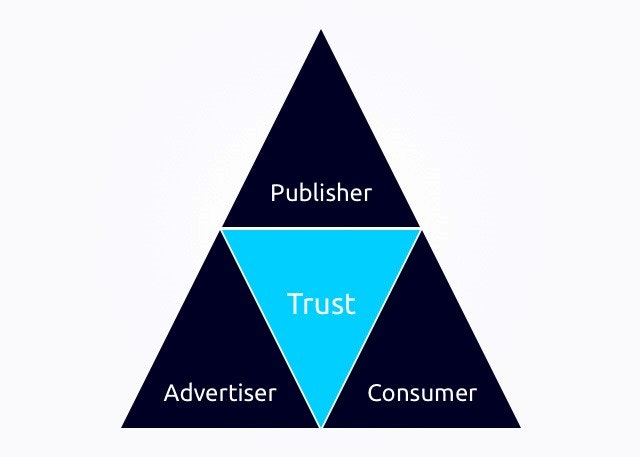If only publishers followed the ASA's mantra
There’s a sense premium publishers have lost the plot, piling ad on ad onto pages swimming in low-rent clickbait. For readers it’s an increasingly poor experience. We suggest publishers would do better to focus on gaining reader time and attention with quality content.

At first glance it’s not immediately apparent that the Advertising Standards Authority mantra – ‘legal, honest, decent and truthful’ – is relevant to today’s premium publishing world. It’s advertisers, publishers might argue, that should take their share of the blame for the mess that is today’s online publishing environment.
Of course it is true that there are many ads that irritate or of which we disapprove of. They rarely, however, breach the four ASA criteria.
At its core, the ASA mantra is all about trust, and that loss of trust between consumer and publisher is at the heart of the publishing problem.
Of course publishers strive to create content that is ‘legal’. No professional journalist seeks to transgress libel law.
Yes, they also aim for content that is ‘truthful’, even if one reader’s truth is another’s untruth.
The same, broadly speaking, holds for ‘decent’, certainly for publishers with a brand reputation to uphold.
But ‘honest’? That is another matter, and you can see the issue laid bare by the clickbait headline.
What is a clickbait headline but an attempt to pull the wool over the consumers’ eyes? We think we’re getting one thing, but we get another.
The value exchange, such as it is in these cases, is undermined on every side. In theory, consumers give their attention, including to associated advertising, in return for rewarding content.
But by focusing on luring readers in with misleading headlines, everybody loses out. The reader experience is diminished. Trust in the publisher is at risk. An advertiser OTS is wasted.

All for the sake of a meaningless click, where the value, such as it is, is centred on the headline, not the content itself.
Spiral of decline
It’s not hard to figure out how publishers have got here:
- An exponential increase in content, driven largely by the platforms and presenting the consumer with almost unlimited choice
- Ad yields on the floor, unable to support premium publisher business models
- Ad buying models fixated on cost and prioritising audience chasing over quality context and content
- The rise of the click as the critical measure of success
In the face of these seemingly unstoppable forces, premium publishers have gone with the flow, chasing low-value clicks with low-value content, of which the clickbait headline is the leading indicator.
You will have your own views of the worst examples of clickbait, but they are easy to spot. Key words like ‘Biggest’; ‘Funniest’; ‘Weirdest’; ‘Top’; ‘Shocking’; or pointless rhetorical questions.
Like this one: ‘Think this is just a normal shed? Just wait till you see inside’.
And what’s inside? A bar. Big deal.
This parody headline from The Onion is as good a summary of the current state of affairs as you will find.
Worse, simple-to-use analytical tools like Chartbeat and Parse.ly which allow and encourage publishing teams to optimise content (via the headline as a selling device) to this nano-second’s hashtag trend, compound the problem.
Thus, we now see increasing use by publishing management of clicks as a means to incentivise journalists who, naturally, respond in the predictable Pavlovian manner: clickbait.
There’s a story, which we don’t think is apocryphal, of a UK premium publisher offering two journalists on £25,000 pa a £5,000 bonus each for a weekend’s work. Their task: drive as much traffic to their site as possible over the Black Friday weekend. It’s not hard to guess how they would behave as a result.
And, as publishers dip their toes into e-commerce – adding further complications of potential conflict of interest – this sort of thing won’t go away any time soon.
(Depressingly) predictable results
The effects are plain to see. Higher bounce rates, ever-diminishing CTRs, average attention spans falling below goldfish level, ad blocking – all symptomatic of a loss of trust.
Chartbeat data shows that only about 55pc of people who click through to a story actually read it. Headlines that get the most clicks get the least attention. Here’s former Chartbeat CEO Tony Haile, now at Scroll, talking about the problems.

Nor does sharing make any difference. Again from Chartbeat, high sharing doesn’t translate into actual reader engagement.
Does that mean all quality online journalism is going down a clickbait-led plughole? No. There are plenty of outstanding examples of late.
The Observer’s uncovering of the Facebook/CA scandal last month. The New York Times and New Yorker’s joint expose of Harvey Weinstein. Team Sky’s ‘mystery envelopes’, first uncovered by the Daily Mail. The Times digging into both the Oxfam sex scandal and its steady attacks on YouTube’s cavalier disregard for brand safety.
Just look at the top most engaging stories of the year from 2017 – as measured by Chartbeat from 39m stories. Not a single clickbait headline there.
Re-focus on the triangle of trust
We can be sympathetic to the ills that plague publishers. But that doesn’t mean we should condone their behaviour.
It’s time to think differently.
It’s time to focus instead on metrics that link to trust, whether repeat visits or time spent.
Thankfully, there’s evidence publishers get this. Take the Forbes contributor model, which pays $0.005 for every one-time unique, and $0.05 for every repeat visitor up to 100,000 over a month – ie ten times as much for a repeat visitor. Let’s say a contributor hits their top repeats target – that’s $5,000 -- a tidy sum for a journalist/writer. Thus note how the financing incentivises quality and disincentivises clickbait.
But the AdTech community also needs to step up. We play an integral role in supporting the triangle. As an industry, we need to provide publishers with the tech that allows them to focus on – and monetise – quality content. With Rezonence’s FreeWall, advertisers pay when the consumer engages – which only happens when they read past the first two paragraphs. This means only content that is interesting and/or valuable to readers generates income for the publisher. If the reader chooses not to engage, the publisher doesn’t get paid.

Think of this as a self-supporting triangle of trust led by the publisher. The publisher trusts/incentivises journalists to produce quality content. This gains reader trust, driving higher attention and time spent. An enhanced reader experience and trust drives repeat visits. Advertisers gain from greater reader attention and being seen to be present in a trusted environment.
You may say the triangle of trust is irrevocably broken.
We disagree. It can be repaired – if publishers stop chasing headline-driven clicks and focus instead on the content. At it’s core, it’s about honesty.

Readers would benefit. And, of course, there’s no shortage of advertisers out there who’d welcome that too.
Tim Greatrex is founder and chief operating officer of Rezonence
